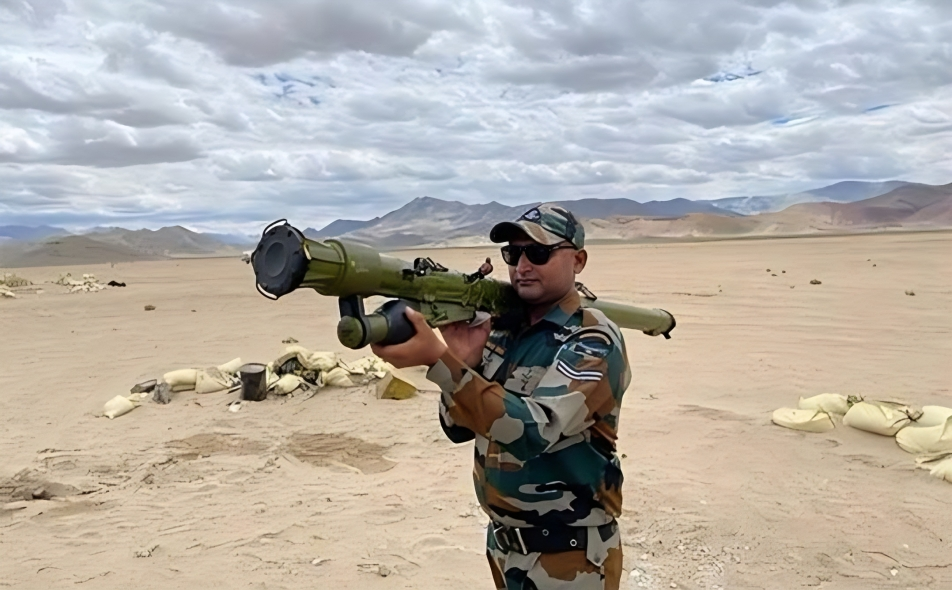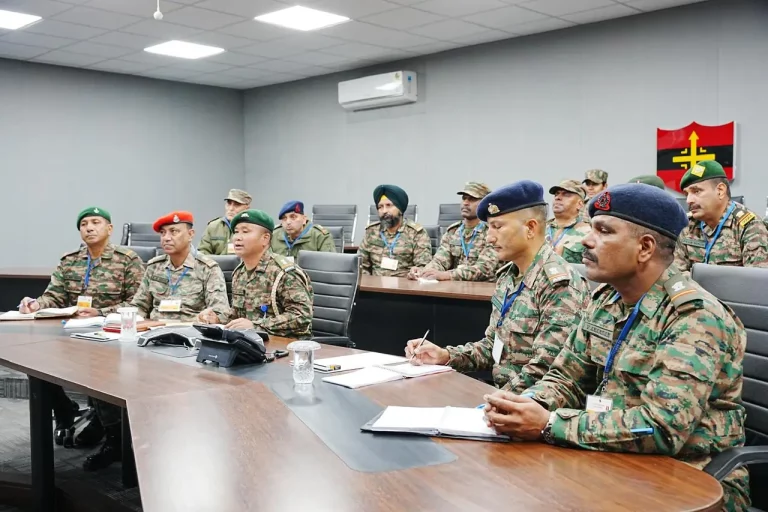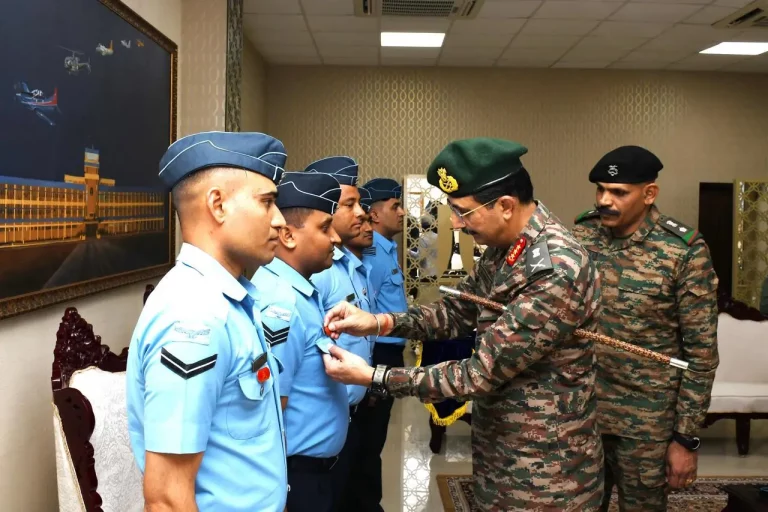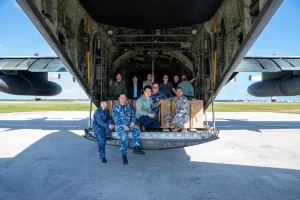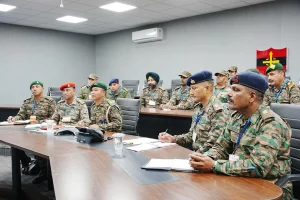The Indian Army has made significant strides in enhancing its short-range air defense capabilities with the recent integration of Russian-made Igla-S shoulder-fired missiles. Deployed to forward areas, particularly along the western border with Pakistan, this upgrade comes amid escalating security concerns following the deadly Pahalgam terror attack.
The procurement of these missiles was facilitated under emergency powers granted by the central government, involving a contract worth ₹260 crore. According to defense sources, the advanced Igla-S systems arrived several weeks ago and are now operational in high-risk sectors, aimed at countering aerial threats from enemy drones, helicopters, and low-flying aircraft.
The Igla-S system represents an advanced iteration of the legacy Igla platform that the Indian Army has employed since the 1990s. Its upgraded capabilities include sophisticated infrared sensor technology and a multispectral optical seeker, enhancing accuracy, target discrimination, and resistance to countermeasures—essential features for effectively neutralizing agile aerial platforms.
In a move to further bolster its air defense arsenal, the Army has initiated a new tender for 48 additional launchers and approximately 90 more VSHORADS (IR) missiles, proceeding under fast-track procedures. In parallel, it is assessing laser beam-riding missile systems to diversify its short-range air defense capabilities. Meanwhile, older Igla units have been refurbished by an Indian firm to ensure extended usability.
The urgency behind these efforts is primarily driven by an uptick in cross-border drone incursions and low-altitude surveillance activities from Pakistan. To address these threats, the Army has also deployed the indigenous Integrated Drone Detection and Interdiction System (Mark 1), which is proficient in identifying and disabling drones from distances exceeding 8 kilometers using jamming and laser-based interception methods. This system has recently demonstrated its effectiveness by neutralizing a Pakistan Army drone in the Jammu region.
Additionally, the Defence Research and Development Organisation (DRDO) is contributing to advancements in air defense with the development of a high-powered direct energy weapon aimed at targeting larger drones and cruise missiles. Plans are also underway to acquire low-level transportable radars to enhance overall threat detection and engagement capabilities.
These developments are indicative of a broader strategy within India’s armed forces to modernize air defense systems through rapid and strategic procurements. In a parallel effort, the Indian Air Force has also signed a similar contract for VSHORADS systems, reinforcing a unified defense posture in response to an evolving regional threat landscape.
As geopolitical tensions persist, the introduction of the Igla-S and complementary systems is anticipated to be pivotal in securing India’s airspace and maintaining operational readiness in critical border regions.
